Laryngeal Surgery
Direct laryngoscopy is a diagnostic procedure that may also be therapeutic for removal of foreign bodies or tumors. It is a frequently performed otolaryngologic procedure, and considered to be one of the safest. Among the few complications that may occur are, injuries to the teeth during placement of the rigid scopes that are required to visualize the larynx, risks of general anesthesia, bleeding after biopsy, and failure of vocal cord to heal after biopsy. Voice changes, or hoarseness are possible after any vocal cord surgery.
Usually these procedures are done in an outpatient setting, and the patient goes home later that day. The patient may experience a moderate sore throat for the next two or three days, and some minimal difficulty swallowing. You should not experience any severe difficulty swallowing, or any significant bleeding through the mouth. Any air that is felt in the soft tissue of the neck should be reported to us immediately, and any progressive pain on swallowing again should be reported to us immediately.

